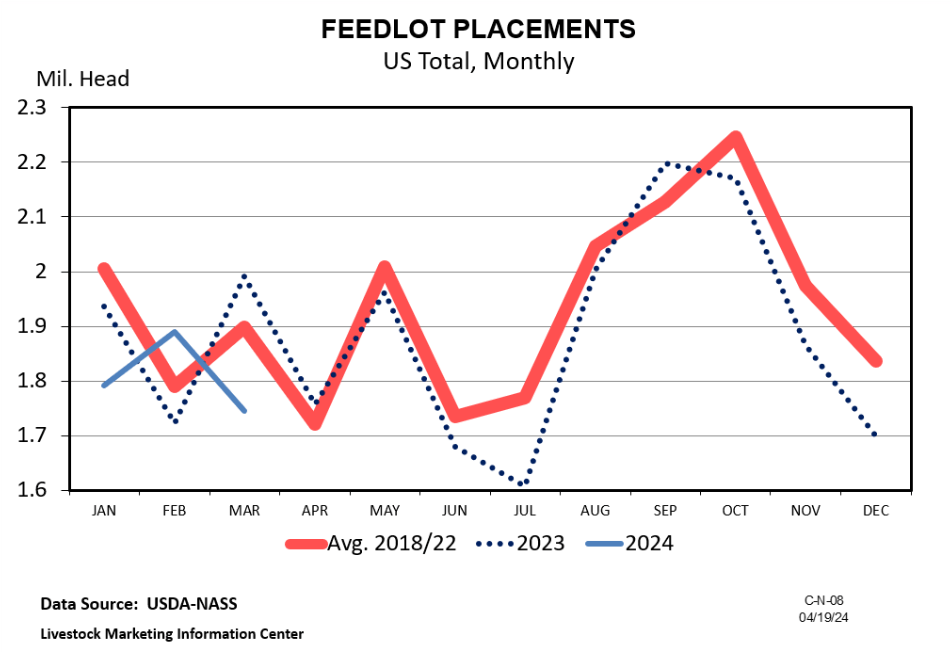– Ed Brown, ANR Educator, Athens County (originally published in The Ohio Cattleman)

This calendar offers appropriate planting dates and seeding rates.
Throughout the years, I have received many calls as to when the best time is to plant pasture grasses and forages. Farmers and ranchers also wanted to know the recommended seeding rates for either a pure stand or as a forage mix. I would always refer them to the Ohio Agronomy Guide and give them the bit of information they needed. I knew that there had to a more efficient way to get out this information.
At first, I developed a spreadsheet with all the forages and which months they should be planted. This worked to answer questions quickly but wasn’t really a resource that producers could quickly access. This led to the development of the Forage & Pasture Planting Calendar.
I’ve taken the information from the Agronomy guide and put it into an easy to reference calendar that could be hung on the wall or on the side the fridge. The top of the calendar includes information and tips from the Ohio Agronomy Guide. The remainder of the calendar is organized by month with appropriate planting times and seeding rates.
The link to the calendar is https://athens.osu.edu/sites/athens/files/imce/Ag_Docs/Final%20Calendar_1.pdf
If you would like to print the calendar, it’s best done on 11 x 17 tabloid paper.







